Flora in Myanmar Culture Bamboo
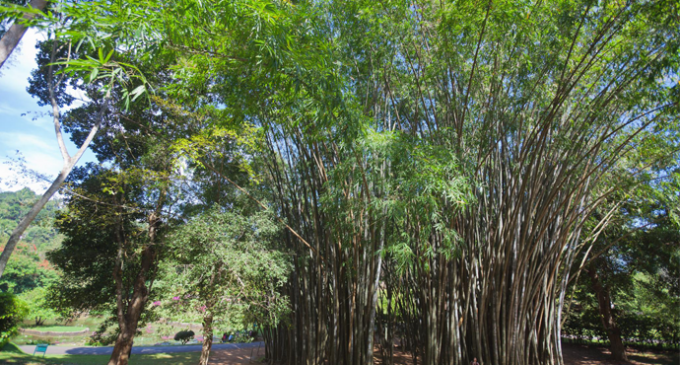
According to American Heritage Dictionary “Bamboo is any of various mostly tropical grasses of the genus Bambusa, having hard walled stems with ringed joints. The hollow woody stems of the bamboo are used in variety of constructions, crafts and manufacturs”.
Tropical country, Myanmar is home to this indigenous flora which plays a predominant role in the life of its people in all aspects. There is a Myanmar saying, as follows regarding Bamboo.
စားအတူတူ. . . . we eat together….meaning bamboo shoots
အိပ္အတူတူ . . . . we sleep together, meaning bamboo mats
ေနအတူတူ . . . . we live together….meaning bamboo houses
ေသအတူတူ . . . . we die together ….meaning bamboo shrouds and coffins
Though Myanmar has different climates, bamboo of different species grow in profusion across the country. All Myanmar ethnic nationalties have been using different species of bamboo for different uses and purposes since times immemorial. Bamboo shoots are eaten raw, cooked or pickled. Bamboo shoots make dozens of special dishes for both vegetarians and meat eaters. Tender bamboo shoots are sliced, salted and dried in the sun and stored for consumption in winter for its warmth and medicinal properties Natural mushrooms that sprung up in the Bamboo bushes 0g;½kHrdI are much sought after by humans as well as animals particularly elephants and some snakes because they are very delicious and tender. All Myanmar ethnic nationalities eat bamboo shoots and bamboo mushrooms in a variety of dishes. Hence Bamboo and us, we eat together.
Among different speeies of bamboo Kya Khat Wa is a thorny type which is used for fencing. Wa Bo is a large hollow long bamboo used in construction. Kat Moe Wa is good for roofing, Hta Yan Wa is for walling, Kyan Khin Wa is used for flooring, Hpyar Wa for making mat and Hnyee Wa for tying or making string or rope, Tabu Wa is used for teeth and tongue brushing. Hence bamboo and us, we sleep together.
It is interesting to note that bamboo (as well as sattan or cane) is most resilient fiberous flora. If in touch with water it can prove stranger than metal chain. Hence bamboo scaf-foldings are used in construction till today not only because they are easily available and com-paratively cheap, but also because bamboo is resilient and much safer than iron or steel scaffoldings. High-rise mo-numents and buildings in Myanmar were built, maintained, renovated and white washed or gilt by means of bamboo scaffoldings. Heavy objects like bells, stone or bronze statues were conveyed or lifted hung or placed by means of pullies and ropes made of bamboo. Within a short time a bamboo house is built using no timber wood, nail or metal roof, only bamboo. A bamboo house can last nearly three years, giving warmth in winter and cool-ness in summer. In the countryside hollow bamboos are used as water pipes to bring fresh water from natunal falls and streams to house. Hollow bamboo are also used for making fire rocket to burn enemy’s camp, ration and ammunition in warfare of old days and celebrate light festival in October and November in Shan states. Hence bamboo and us, we live together.
Among a variety of uses for domestic and agricultural implements – cooked rice container, cigar, medicine, pickled tea, betel nuts con-tainers, whip, yoke, conical cover of cart, etc, the most exeraordinany utility value of bamboo is that it is used to shroud the corpse and to intern it in bamboo coffin and to post an epitaph on the grave. Hence Bamboo and us, we die together.
Bamboo plays no small role in Myanmar history and Buddhism. King Narapatisithu [1173-1210 A.D] of Bagan dynasty had a very pretty queen named Weluwadi [Bam-boo Queen] because she was born in a bamboo bush. The 15th in the order of 28 Pouduhas was Sujata Buddha who attain-ed enlightenment under the shade of the Bodhi Tree which was Kya Khat [Bamboo with thorn] [Bambusaarun dinacea].
In Myanmar fine and performing Arts bamboo is put into multiple uses. We have bamboo clappers and Wa in our musical timing instruments Si and Wa small metal symbols and small bamboo clapper. Flutes, Oboe, Xelophone and many other string, wind and percussion musical instruments of all Myanmar ethnic nationalities are made of bamboo. Light breeze wafting through bamboo groves produce a mysterious whispering music. Buddhists are recommended to choose the shade of bamboo bush for their religious meditation. At temples and shrines, dwarf decorative bamboo are found enpotted at the enthances.
The following Myanmar folk song epitomises the importance of bamboo in Myanmar culture.
ခေလာက္ကေလးရယ္တဲ့ ဒိုးဒိုးေဒါင္
ပ်ဳိတို႔ေမာင္ ယာမလုပ္တယ္
ဝါးခုတ္တဲ့ေတာင္၊
ႏြားညီေနာင္ စီေအာင္ကြဲ႕ေဖေက်ာင္း
Bamboo bell around the ox’s neck rattles, my swain has no farm to till. He drives twin handsome cattles. To cut and bring bamboo on that hill.
Maha Saddhamma Jotika Dhaja
Sithu Dr. Khin Maung Nyunt
./wp-content/uploads/2018/10/Emirate-Online-TDY.png)




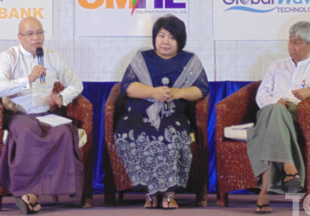

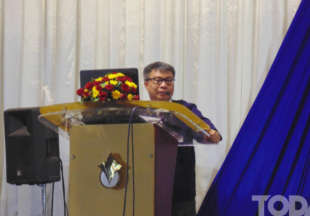
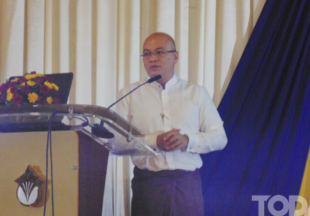
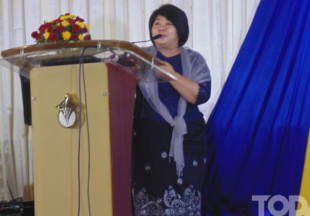
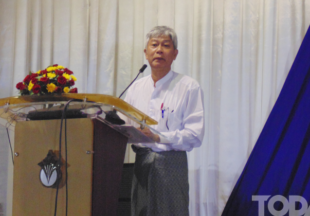
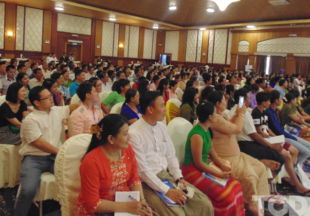
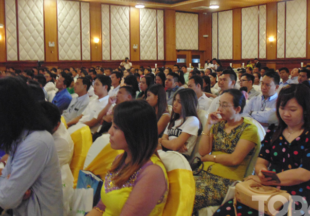

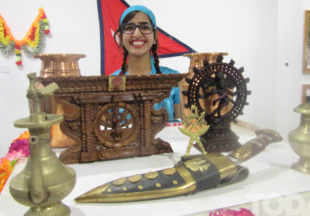
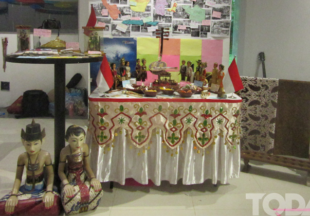

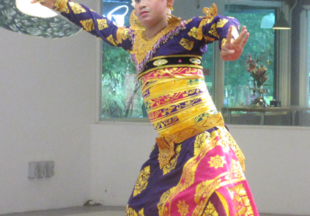
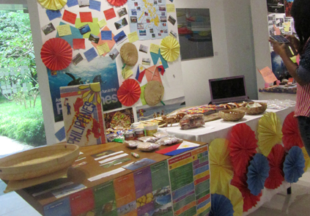
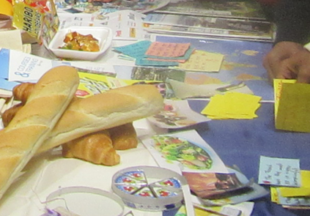

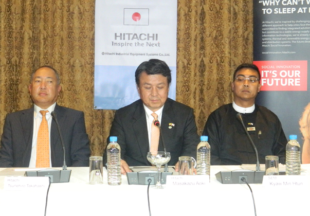
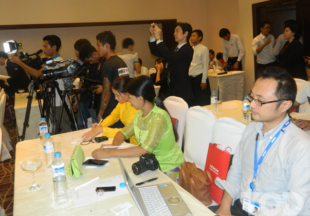
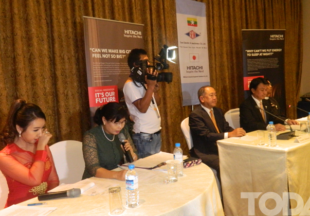






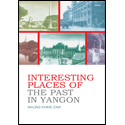


There are no comments at the moment, do you want to add one?
Write a comment